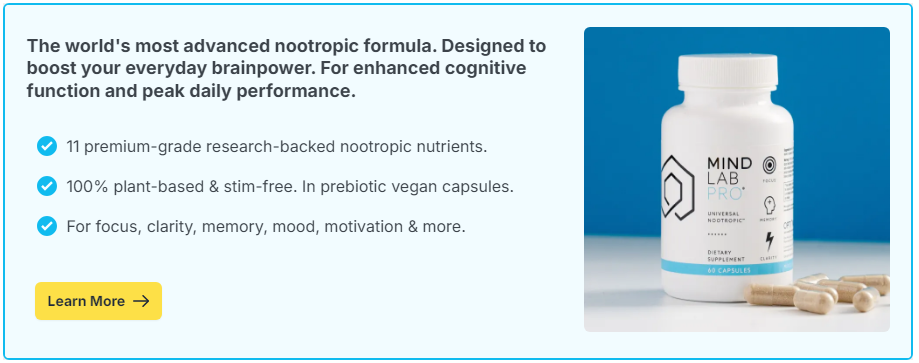
Think of creativity as motion—fluid, responsive, full of bounce. Now think of someone who loses that bounce. The ideas stiffen. The curiosity dims. The once-free flow becomes a trickle. It’s not that the talent is gone—it’s that the mind has become less flexible. Just like joints need cartilage to keep moving, creativity needs mental flexibility to keep thriving. Call it mental cartilage: the capacity to stretch, pivot, and reshape ideas without cracking under the pressure of old habits.
It’s no secret that some people stay wildly creative well into their seventies, eighties, and beyond. But it’s not because they’re clinging to youth—it’s because they’ve mastered the art of staying cognitively limber. And the science backs it up: creative longevity is strongly tied to mental flexibility, not just raw brainpower.
Contents
What Is Mental Flexibility?
Mental flexibility, sometimes called cognitive flexibility, is your brain’s ability to shift gears, reframe information, and generate alternative perspectives. It’s what allows you to:
- Think beyond binary choices
- Adjust to changing circumstances
- Break out of ruts and routines
- Adapt old ideas into new contexts
Where rigid thinking says, “This is how it’s always been,” flexible thinking asks, “What if we did it differently?” And when it comes to creativity, that curiosity-driven shift is everything.
How Mental Flexibility Fuels Creativity
Creativity isn’t just about having new ideas—it’s about connecting old ones in new ways. Flexible thinkers are more likely to explore divergent associations, tolerate ambiguity, and embrace the discomfort of the unknown.
The Role of the Prefrontal Cortex
Your prefrontal cortex plays a central role in executive functions like attention control, planning, and flexibility. When this area is activated, especially in concert with the default mode network (which handles mind-wandering and imagination), your brain becomes a playground for creativity.
Switching Between Modes
Creative minds often excel at toggling between two cognitive states:
- Convergent thinking: Narrowing down options and selecting the best one
- Divergent thinking: Generating multiple possibilities and exploring the unfamiliar
Mental flexibility is the switchboard operator that helps you move smoothly between these modes.
Why Creativity Can Stiffen With Age
Aging doesn’t automatically diminish creativity—but certain cognitive shifts can get in the way. These include:
- Reduced novelty-seeking behavior
- Increased reliance on routine and familiarity
- Greater resistance to ambiguity or uncertainty
These aren’t problems of intelligence—they’re problems of inflexibility. The more we default to “what’s worked before,” the less likely we are to discover what could work next.
The Brain’s Efficiency Trap
As we gain expertise, our brains become more efficient—but also more predictable. We start to solve problems the same way, use the same techniques, and avoid the discomfort of learning curves. Mental flexibility helps you resist this “efficiency trap” and stay open to reinvention.
Signs of Mental Flexibility (or the Lack of It)
You’re Mentally Flexible If You:
- Can switch perspectives easily
- Laugh at your own ideas and try new ones
- Pivot when a plan stops working
- Enjoy exploring unfamiliar topics or viewpoints
You Might Be Mentally Rigid If You:
- Feel uncomfortable with change or uncertainty
- Cling to “tried-and-true” methods even when they fail
- Struggle with ambiguity or paradox
- Dislike brainstorming or open-ended discussions
Awareness is the first step. You can’t train flexibility until you recognize when you’re defaulting to mental stiffness.
How to Strengthen Your Mental Cartilage
Just like joints need movement to stay loose, your brain needs cognitive variety to stay flexible. Here are some ways to stretch your thinking:
1. Flip the Problem
Ask “What’s the opposite of this idea?” or “What would make this completely fail?” These inversion strategies force your brain to engage creatively with a problem from different angles.
2. Deliberately Switch Contexts
Move between artistic mediums, genres, or disciplines. Write a poem after watching a documentary. Paint after doing math. The shift itself helps forge new mental pathways.
3. Practice Improvisation
Improv isn’t just for performers. It builds spontaneity, resilience, and responsiveness. Try simple improv games, storytelling exercises, or even improvisational cooking.
4. Engage in Perspective-Shifting Exercises
Write or brainstorm from someone else’s viewpoint. What would a child think of this? A historian? An alien? It sounds silly—but it builds serious neurological agility.
5. Embrace “Creative Discomfort”
Do something that makes you feel slightly awkward or unskilled. Take a dance class, learn a new instrument, or try coding. The stretch into discomfort is where the flexibility grows.
Can Nootropics Support Mental Flexibility?
While no supplement will do the creative thinking for you, some nootropics may support the brain regions involved in cognitive agility, adaptability, and abstract thought.
Nootropics That May Help
- Lion’s Mane Mushroom: Encourages neuroplasticity—your brain’s ability to form new pathways and adapt
- Citicoline: Enhances executive function and supports cognitive switching
- Rhodiola Rosea: Reduces mental fatigue and supports flexibility under stress or challenge
- Bacopa Monnieri: May aid memory recall and help you apply past ideas in new ways
These nootropics work best when paired with active mental practices that challenge your routine thought patterns.
Mental cartilage doesn’t crack with age—it atrophies with disuse. But the good news? You can stretch it, strengthen it, and even rebuild it. Creativity is not just a spark—it’s a process. And that process relies on how freely your mind can move.
So if you want to stay creatively alive, don’t just chase inspiration. Chase adaptability. Because the secret to creative longevity isn’t holding onto old ideas—it’s having the flexibility to make new ones, again and again.

